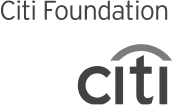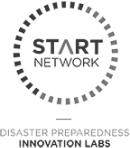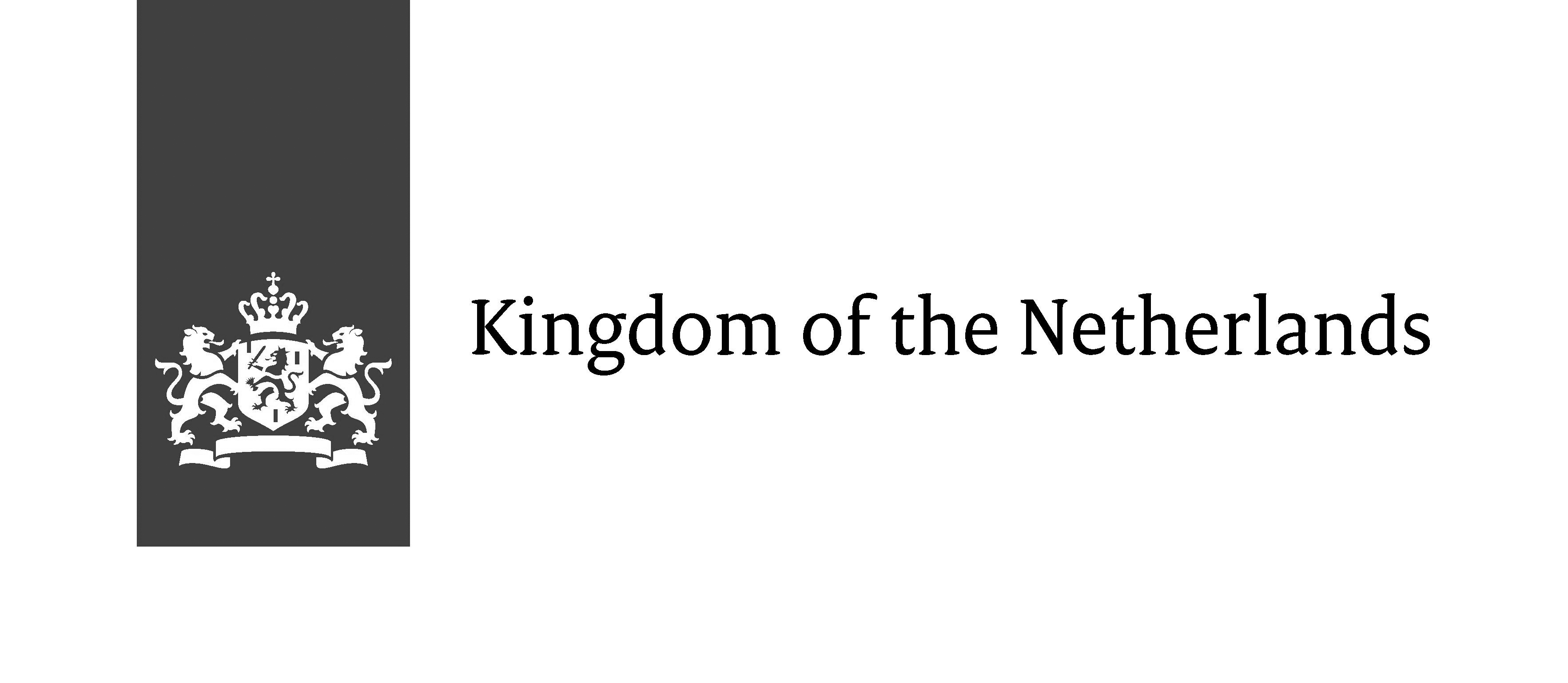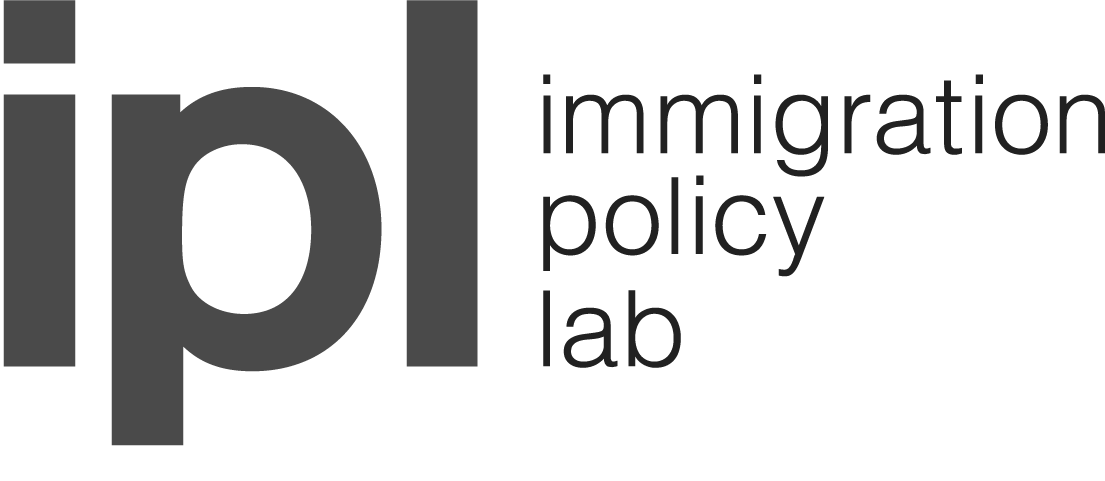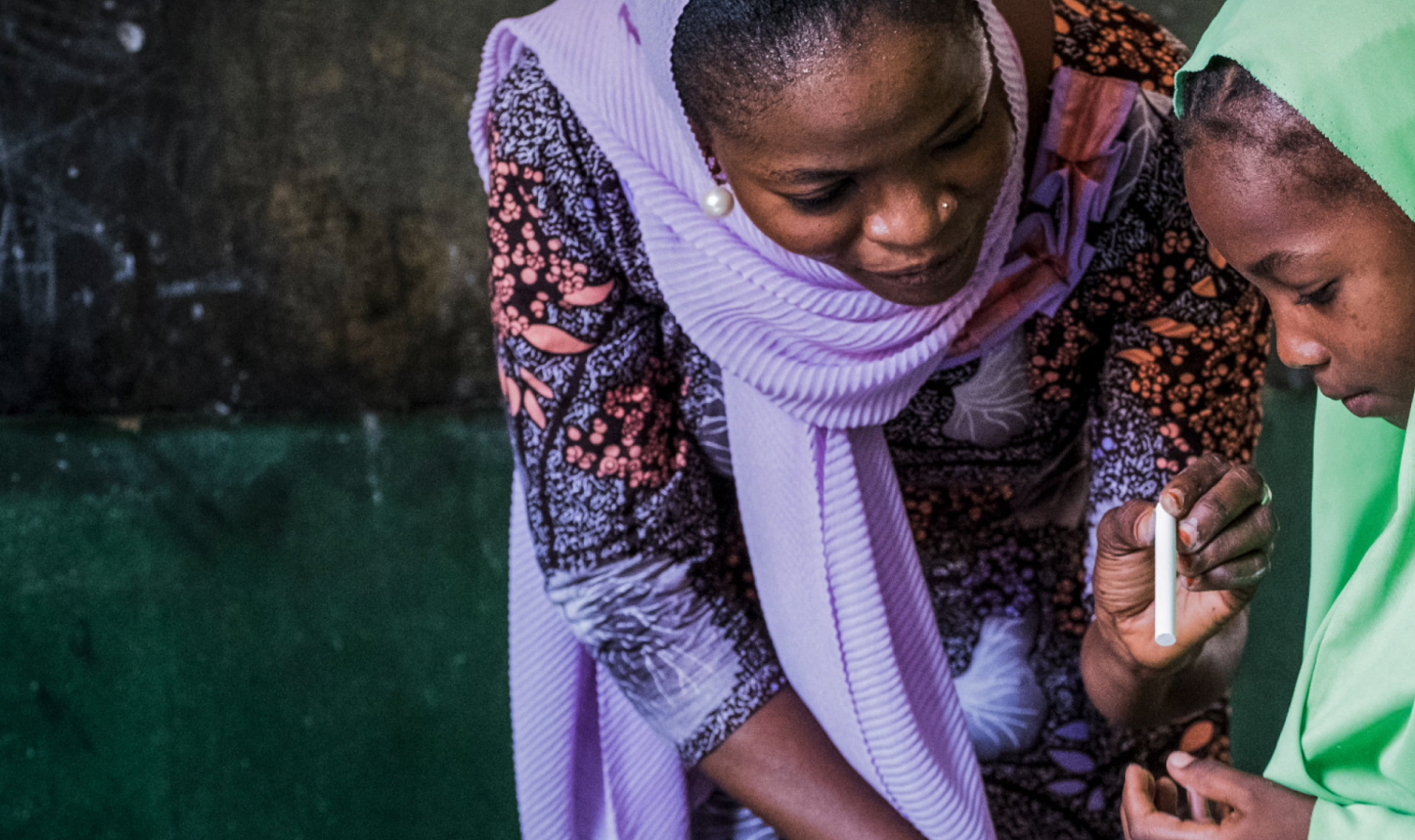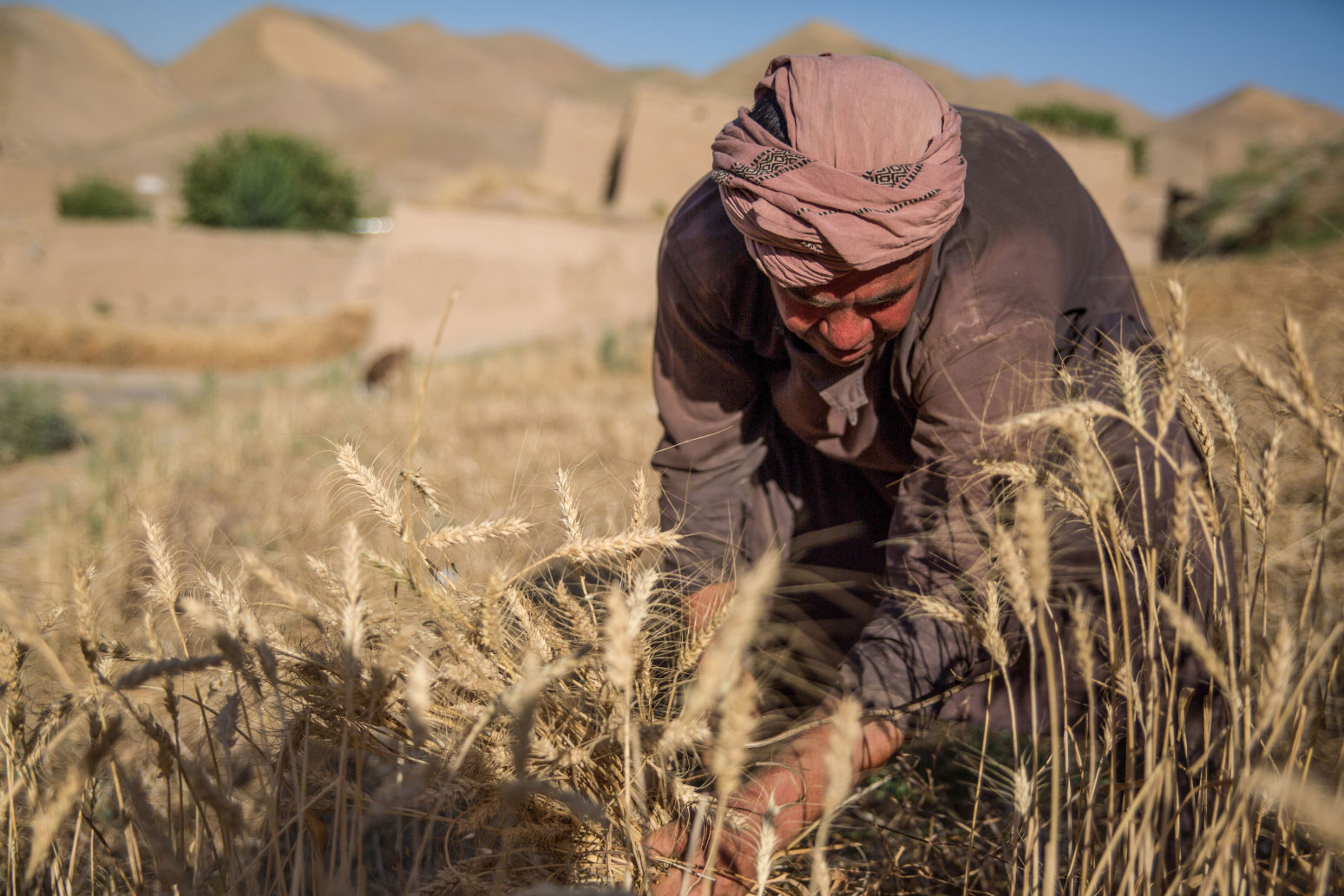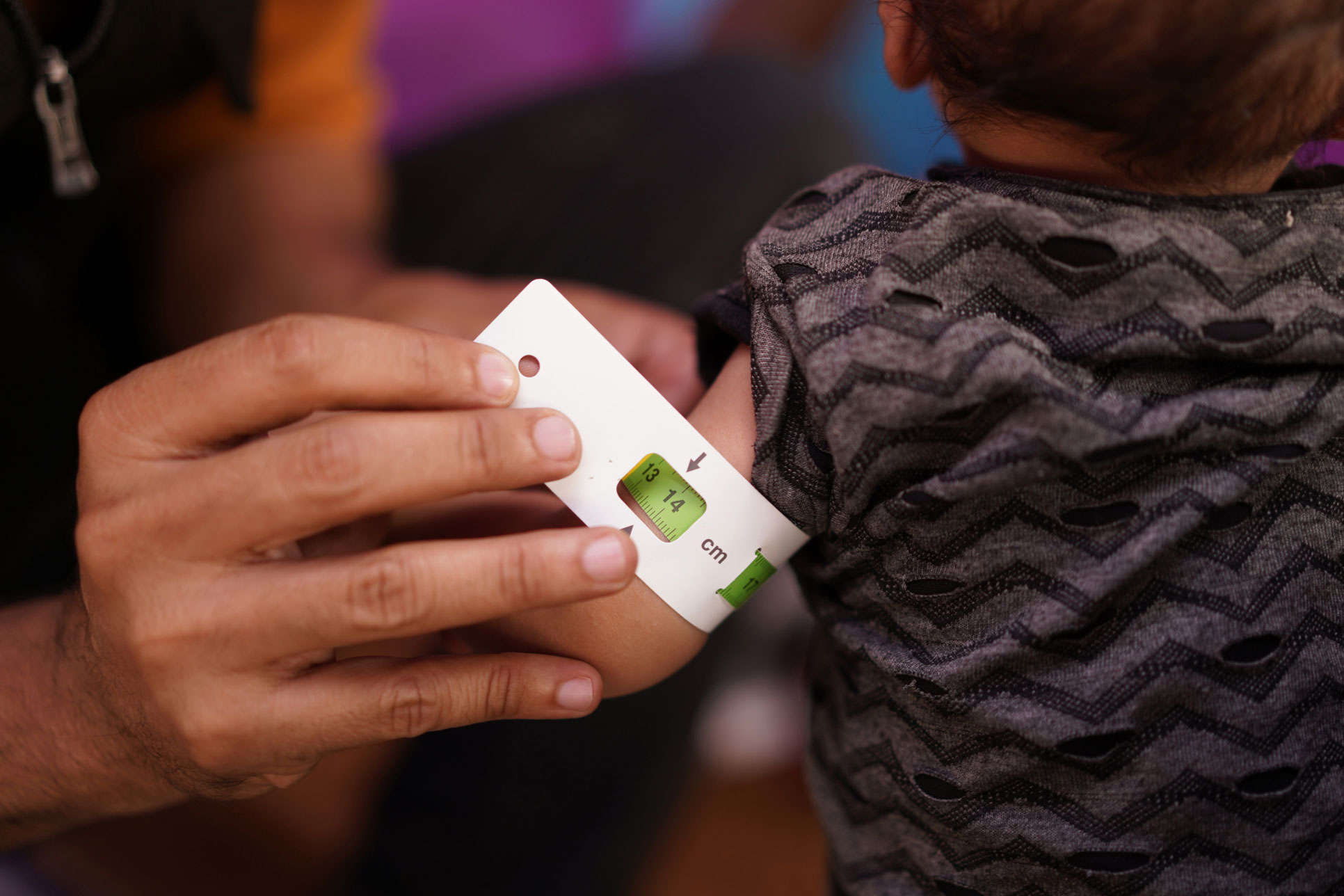Research and Innovation at the International Rescue Committee
We design, test and scale life-changing products and services to solve the challenges people face in crisis-affected communities
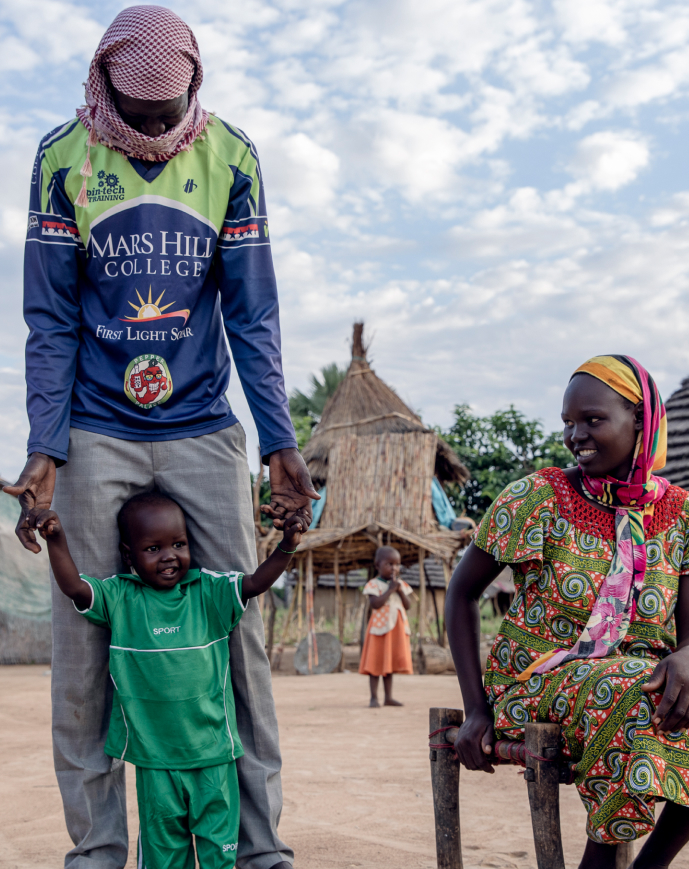
What is the Airbel Impact Lab?
Around the world, there are more people than ever in need of humanitarian assistance. We need new ways of thinking and working in order to reach them.
At the Airbel Impact Lab, we combine fresh new ideas with the IRC’s decades of experience. Creativity meets rigor. Deep expertise guides openness and excitement.
Though we represent only 3% of the humanitarian sector's budget, we are responsible for 1/3 of impact evaluations in the sector.
What We Do
We are building the resilience of agro-pastoral livelihoods for and with people in the most fragile and climate vulnerable areas by co-creating breakthrough and people-centric solutions, generating evidence on what works, and advocating to the global community to join in the effort.
We developed a suite of low-cost, personalized education programs accessible through an AI-driven chatbot platform called aprendIA. These programs deliver dynamic content directly to mobile devices, providing a source of out-of-school learning during acute crises and supplementing in-school learning during protracted crises
We are working to provide effective treatment to all 18 million malnourished children in humanitarian and fragile contexts with an evidence-driven, cheaper, more scalable strategy to end child deaths from malnutrition.
We are leading the humanitarian sector in rethinking how we can reach more women and girls in crisis settings with simple, cost-effective, proven solutions for self-managed abortion, contraception, and maternal and newborn care.
Our Impact
Our combined protocol for treating malnutrition has more than a 90% success rate in helping children recover from malnourishment, while being less expensive and scalable than current approaches.
Airbel has started or completed nearly 30 research and innovation projects in over 30 countries, and has designed and tested 20 new solutions, estimated to reach 27 million people in the next 5 years.
Through Airbel’s research and innovation work, the IRC is the largest contributor of impact evidence in humanitarian settings, with 285 research studies published.
Where we work
Explore Projects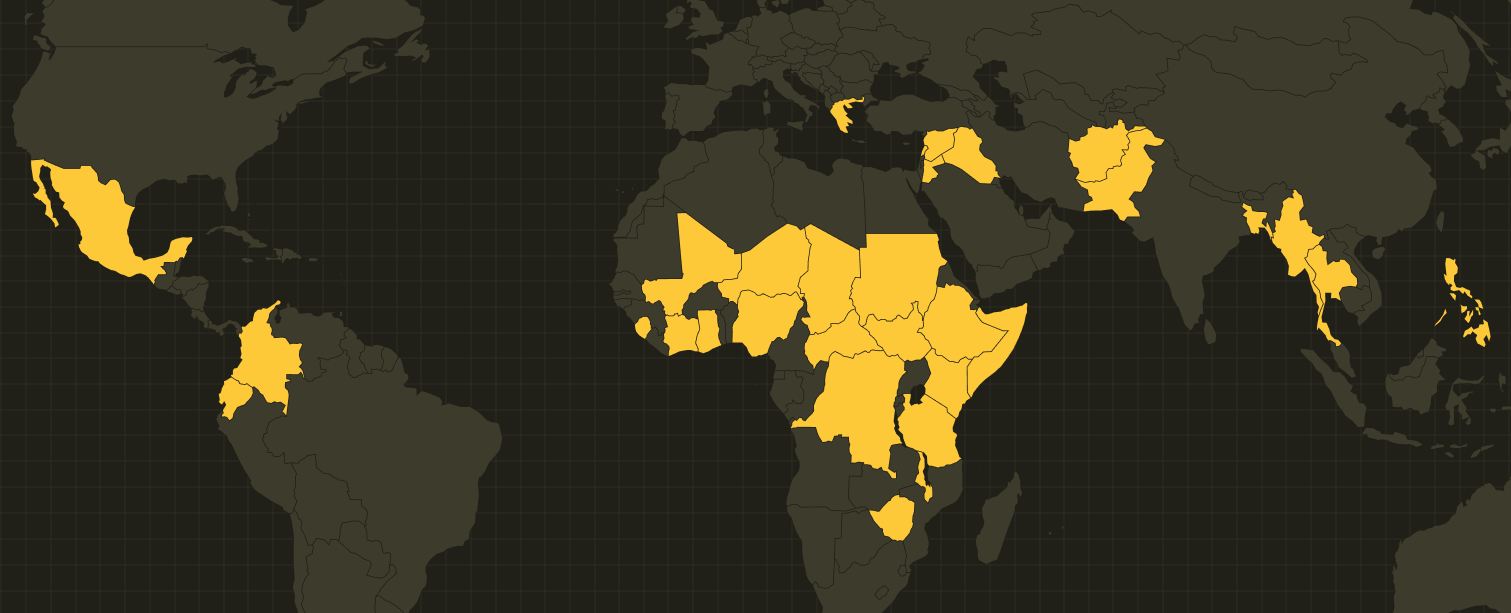
Latest Updates
Dioptra
A multi-agency tool to simplify cost analysis and improve value for money of humanitarian and development interventions.
Explore ProjectImpacts of anticipatory cash to small-holder farmers and livestock owners in Northeast Nigeria
The overall positive impacts of anticipatory cash to small-holder farmers and livestock owners in Northeast Nigeria in advance of forecasted climatic shocks.
Explore ProjectInforMH
Using behavioral science and human-centered design to bridge the information and behavioral gaps that prevent people from seeking mental health and psychosocial support.
Explore Project
Donate to Airbel
Support the development of innovative, urgent, evidence-based solutions to some of the world's toughest challenges by donating today.
Donate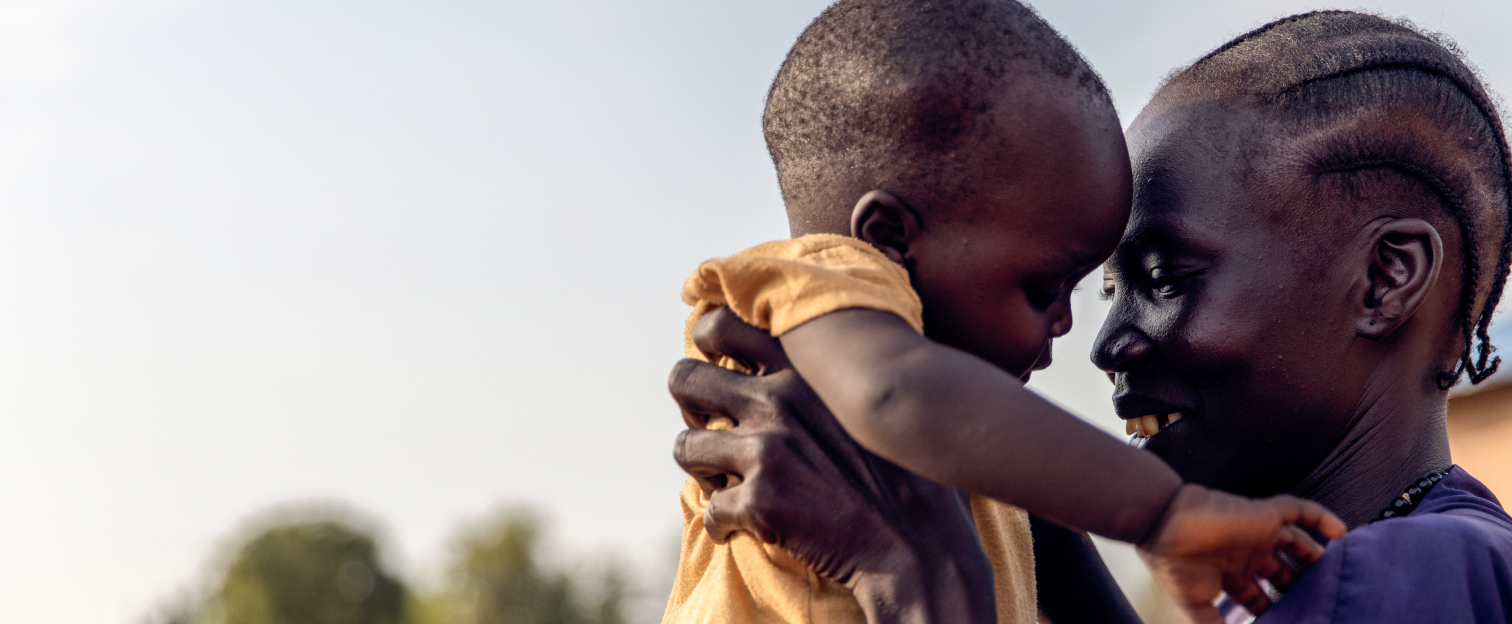
Our Supporters
Select Supporters
